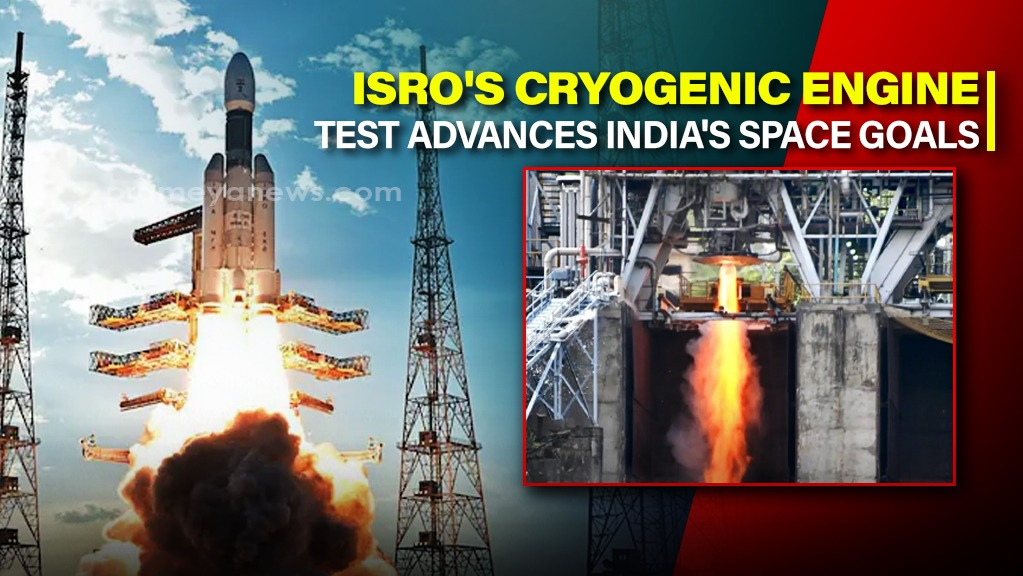In a momentous achievement that echoes the feats of global space giants like SpaceX, the Indian Space Research Organisation (ISRO) has successfully conducted a sea-level test of its CE-20 cryogenic engine. This groundbreaking accomplishment marks a significant leap forward in India's spacefaring capabilities, opening doors to more complex missions, heavier payloads, and enhanced cost-effectiveness.
A Timeline of innovation:
ISRO's journey towards mastering cryogenic engine technology began with the development of the CE-7.5 engine, powering the Cryogenic Upper Stage (CUS) of the GSLV Mk-II rocket. This was followed by the more powerful CE-20 engine, designed for the CUS of the GSLV Mk-3 (LVM3) launch vehicle. The CE-20 has undergone continuous improvements, with its thrust level increased from 19 tonnes to 22 tonnes, significantly enhancing the payload capacity of the LVM3.
The Challenge of sea-level ignition:
Cryogenic engines, operating with super-cooled propellants like liquid hydrogen and liquid oxygen, are renowned for their efficiency and thrust. However, igniting these engines at sea level presents unique challenges due to high atmospheric pressure and potential flow instabilities. ISRO's successful test demonstrates its mastery over these complexities, placing it in an elite league of space agencies with this capability.
Technical specifications and breakthroughs:
The CE-20 engine tested by ISRO boasts a nozzle area ratio of 100, optimized for operation in the vacuum of space. Achieving a stable ignition and operation at sea level with such a high area ratio nozzle is a testament to ISRO's engineering prowess. The engine also features a multi-element igniter, crucial for restart capabilities, a feature previously demonstrated in ground tests but now validated in a sea-level environment.
Enhanced payload capacity:
The increased thrust level of the CE-20 engine, now capable of 22 tonnes, translates to a significant boost in the LVM3 rocket's payload capacity. This opens up possibilities for launching heavier satellites, interplanetary missions, and even human spaceflight endeavors.
Restart capabilities and comparability to ‘SpaceX Raptor’:
The successful demonstration of the multi-element igniter paves the way for a restartable CE-20 engine, similar to SpaceX's Raptor engine. This capability is crucial for complex maneuvers, such as landing rockets back on Earth or conducting multiple burns during space missions.
A Cost-Effective solution:
The sea-level test also simplifies the acceptance testing procedure for cryogenic engines. Previously, these tests were conducted at high-altitude facilities, adding complexity and cost. ISRO's innovative Nozzle Protection System allows for sea-level testing, making the process more efficient and cost-effective.
ISRO's successful sea-level test of the CE-20 cryogenic engine is a monumental achievement that signifies India's growing prowess in space technology. This breakthrough not only enhances ISRO's launch capabilities but also positions India as a key player in the global space arena. The development of a restartable cryogenic engine, comparable to SpaceX's Raptor, underscores ISRO's commitment to innovation and its ambition to push the boundaries of space exploration. This accomplishment will undoubtedly inspire future generations of scientists and engineers and propel India further on its journey to unlock the mysteries of the cosmos.







































